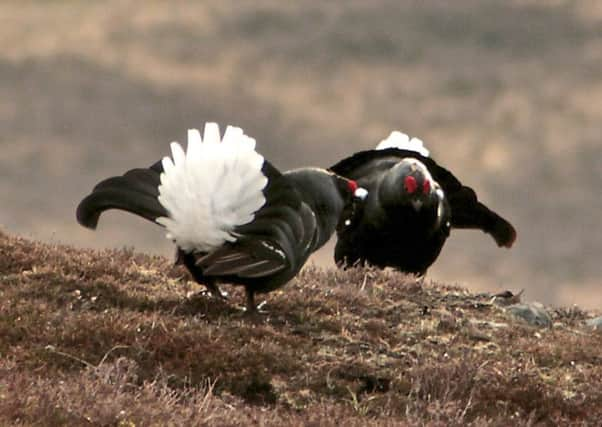Dr Adam Smith: Stacking the odds for ground-nesting birds


When you consider it, the ground-nesting birds that we love to see in our countryside really do have the odds stacked against them. Many of them have to survive a migration, and then they arrive into our patchy climate, and somewhat patchy habitat. Then, after they lay, their eggs and chicks are vulnerable to a whole range of predators – crows, foxes, stoats, weasels, and rats, to name just a few.
At this time of year, our hills, moorland, farmland and field margins should be alive with a host of different species. For example, waders such as golden plover, lapwing and curlew, passerines such as skylark and meadow pipit, red and black grouse, grey partridge and more.
Advertisement
Hide AdAdvertisement
Hide AdSeeing and hearing these birds in the spring is all part of our rich rural tapestry. And we are increasingly being encouraged by everyone from government downwards to go out and enjoy the countryside. Many who do will be aware of the guidance to keep dogs on short leads and under close control at this time of the year, to protect ground-nesting birds. This is an important consideration – not just over the uplands, but also for those walking around field margins and grassy strips that are home to the birds, but which may also make convenient walkways or routes from one point to another.
Where farmers and landowners have specifically planted game crops and cover crops, created beetle banks or skylark plots in fields, and whether they are receiving grant funding under ‘land management options’ to do this, or not, they can perfectly legitimately put up polite signs advising walkers, mountain bikers or horse riders to consider taking an alternative route, or to stay on the path. Some explanation of why is also helpful, if not essential.
Disturbance can also make controlling predators more difficult, and more predation can have an important effect on nesting birds. A number of GWCT studies show that on farmland and moorland where there is active game keepering birds have much better results in terms of breeding success than where there is no or ineffective keepering. You would expect managed grouse moors to show higher numbers of waders than those that are unmanaged, and this was indeed proved to be the case by The Game & Wildlife Conservation Trust’s nine year Upland Predation Experiment (UPE) at Otterburn in Northumberland. Here we established that effective predation control, as carried out on grouse moors through reduction of the number of carrion crows and foxes, significantly improved the breeding success of waders. For example, curlew were 3.4 times more likely to fledge young. That’s an increase to 51 per cent producing chicks.
Grouse moor management has predator control at its heart and delivers major benefits for maintaining wader populations. This will become increasingly important as land use changes and there is more woodland cover in Scotland.
In 1995 and 1996 a survey was carried out by the RSPB, in collaboration with the Game & Wildlife Conservation Trust and grouse moor owners, to conduct breeding bird counts in upland areas where grouse shooting was the dominant land use. 122 properties were visited across Scotland and north and north-east England. This study also showed that golden plover, curlew and lapwing were all much more abundant on grouse moors. Unsurprisingly, there were less crows and more red grouse on managed moors. However these birds are generally more common.
This is not just an upland effect. Research conducted at the GWCT’s demonstration farm in Leicestershire showed how some species of birds nesting in hedgerows also bred better where crows were being controlled.
More information about the Game and Wildlife Trust Scottish Demonstration Farm at Auchnerran is available at https://www.gwct.org.uk/auchnerran/
• Dr Adam Smith, Director, Game & Wildlife Conservation Trust, Scotland